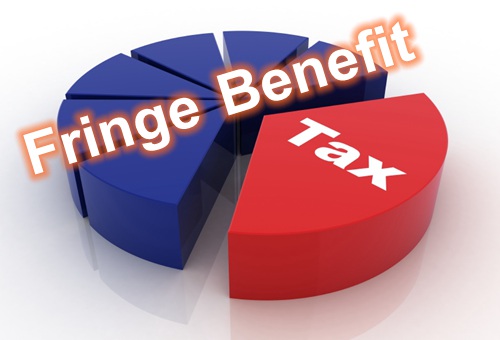Fringe Benefit Tax (FBT) affects many SME owners and yet can be difficult to understand and calculate correctly. In this article we explain exactly what FBT is and how it works.
What Is A Fringe Benefit And Why The Tax?

Main Groups Of Taxable Fringe Benefits
- Motor vehicle made available for an employee’s private use. This is the most common instance of FBT and we explain it in more detail further below.
- Goods or services provided to employees either free or subsidised/discounted, including subsidised transport.
- Low-interest loans advanced to employees.
- Employer contributions made to sickness/accident/death benefit funds, superannuation schemes and specified insurance policies. This does not include KiwiSaver.
- Any services provided by the employer to the employee at below market value, or any services contracted by the employer with a third party and paid for by the employer, that benefits an employee.
FBT Return Types And Frequency
- FBT quarterly returns – all employers liable for FBT are required to file returns quarterly unless they have elected to file yearly returns (certain criteria apply for yearly returns).
- FBT income year returns – these apply to companies that have shareholder-employees. To qualify for this option, the following criteria apply:
– The company is a close company (five or less natural person or trustee shareholders whose voting interest is greater than 50%), and the annual gross PAYE and ESCT deductions for the previous year do not exceed $1,000,000; or
– The only fringe benefit is motor vehicles provided to shareholder-employees for their private use and that benefit is limited to two vehicles; or
– The company was not an employer in the previous year. - FBT annual returns – these apply to companies that have elected to file annual returns and the option is only available if the annual gross PAYE and ESCT deductions for the previous year do not exceed $1,000,000 or the company was not an employer in the previous year.
FBT Rates
- Quarterly return filers have the option to use either a single rate of 63.93% or alternate rate of 49.25% for FBT in quarters 1 to 3, and for quarter 4 the alternate rate calculation process may be required. Under the alternate rate option there is a ”short form alternate rate calculation” or the “full alternate rate calculation”. Under the short form calculation the benefits are classified as either: attributed benefits, or non-attributed benefits. All attributed benefits are subject to a single rate of 63.9% and all non-attributed benefits are pooled and are subject to the 49.25% rate for normal employees or the 63.93% rate for major shareholder employees. Under the full alternate rate calculation the employer is required to do a separate calculation for each employee who has received attributed benefits and specific rates are applied according to the employee’s level of employment income.
- Annual or income year FBT return filers have the option to adopt a flat rate of 63.93% or the alternate rate calculation process.
Motor Vehicles And FBT
Where a vehicle is made available for the private use of employees (including shareholder-employees), FBT is payable, regardless of whether the vehicle is actually used privately or not.
Work-related Vehicles Exemptions
“Work-related vehicles” provided to employees are exempt from FBT. The following four conditions must be met to qualify:
- The vehicle must be a motor vehicle, i.e. a vehicle including a trailer drawn by mechanical power and excluding vehicles with a gross laden weight in excess of 3,500 kg.
- Business identification of the employer (or of the owner if the vehicle is leased) is required to be displayed on the vehicle. The display must be permanent and prominent.
- The vehicle must be designed mainly for carrying goods or goods and passengers equally. Examples are utes, light pick-up trucks and other vehicles like vans which are permanently without rear seats.
- Employees must be advised in writing that the vehicle is not available for private use, other than being allowed to take the vehicle home for safekeeping which must be a condition of their employment. Compliance with this must be checked periodically by the employer on a quarterly basis.
Employee Contributions
The employee may make a payment to the employer in return for the fringe benefit. This payment is deducted when calculating the taxable value of the benefit. For a shareholder-employee, the contribution can be made by way of an adjustment to the current account.
New Rules For 2018 Financial Year
For the income year ended 31 March 2018 onwards, a company can make an election to apply private use rules for motor vehicle expenditure rather than FBT, if the following conditions are met:
- The company is a close company; and
- The company has only one or two vehicles made available for the private use of shareholder-employees; and
- The company provides no other fringe benefits to any employees.
This will be beneficial for companies where actual private use is limited. The election to opt out of the FBT rules is required with the income tax return for the period. Once an election is made, the company cannot revert to using the FBT rules unless the vehicle is disposed of or the company stops using that vehicle for the business.
Bhuvana Narayanan is a Manager at UHY Haines Norton.
As always, please contact us if you have any questions regarding fringe benefit tax and how it applies to your business.
